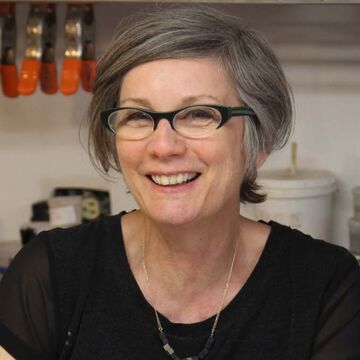

Alison Ruttan
Associate Professor
Contact
Bio
Alison Ruttan’s is a project-based artist whose work focuses on topical investigations. At present she is involved with a long-term ceramic sculpture series that is following the conflicts in the Middle East. Her work has been exhibited at Minneapolis Institute of Art, Minneapolis, MN, The Chicago Cultural Center, Chicago, IL, Crystal Bridges Art Museum, Bentonville, AR, The Museum of Contemporary Photography, Chicago, IL, Elmhurst Art Museum, Elmhurst, IL, Kent State University Art Museum, Kent, OH, The Frist Museum, Nashville, TN, Sweeney Art Gallery, Riverside, CA, Hyde Park Art Center, Chicago, IL, Document Gallery, Chicago, IL, Galerie Wit, Wageningen, Netherlands, Rocket Gallery, London, England, The Drawing Center, New York City, NY, Her work has been written about in Art In America, Flash Art, Chicago Tribune, Art Papers, Chicago Magazine, New Art Examiner. Awards include The Illinois Arts Council, Jerome Foundation, Art & Technology Residency; Wexner Museum, Artists Residency; Wild Animal Park.